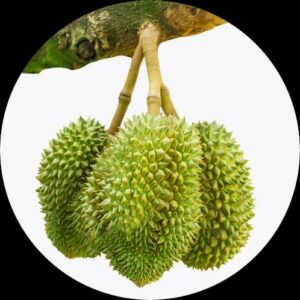- Empty cart.
- Continue Shopping
Pomegranate
Original price was: ₹225.00.₹140.00Current price is: ₹140.00.
Genus : Punica
“Enjoy the taste of fresh and juicy pomegranates by growing your own plants. Our premium pomegranate fruit plants ensure the cultivation of these delightful fruits, known for their sweet and tangy flavor.”
Pomegranate fruit plants, scientifically known as Punica granatum, are deciduous trees that are native to the Middle East and Mediterranean regions. They are widely grown around the world for their delicious, nutrient-rich fruits.
The pomegranate tree can grow up to 5-8 meters in height and has a dense, bushy growth habit. It has small, glossy leaves and produces bright orange-red flowers that bloom in late spring and early summer. The fruit of the pomegranate tree is round and about the size of an apple, with a thick, leathery skin that ranges in color from pink to red-brown.
Inside the fruit are hundreds of small, juicy seeds called arils. These arils are surrounded by a bitter white membrane and are the edible part of the fruit. Pomegranate seeds are rich in antioxidants, fiber, and vitamins, making them a popular addition to salads, smoothies, and other dishes.
Pomegranate fruit plants require a warm and dry climate to grow and thrive. They prefer well-draining soil that is rich in organic matter and slightly acidic in pH. These trees are also drought-tolerant and can survive in regions with limited water availability.
Pomegranate fruit plants are typically grown from cuttings or grafts, as they do not produce true-to-type seeds. They require regular pruning to maintain their shape and promote healthy fruit production. Pomegranate trees can produce fruit for up to 20 years, with peak production occurring between 5-10 years of age.
In addition to their culinary uses, pomegranate fruit plants have been used in traditional medicine for centuries. They are believed to have anti-inflammatory and anti-cancer properties, as well as benefits for cardiovascular health and digestion.
Overall, pomegranate fruit plants are a valuable and versatile crop that is well-suited for cultivation in warm, dry climates. Their delicious and nutritious fruits, as well as their potential health benefits, make them a popular choice among gardeners and farmers alike.














Reviews
There are no reviews yet.